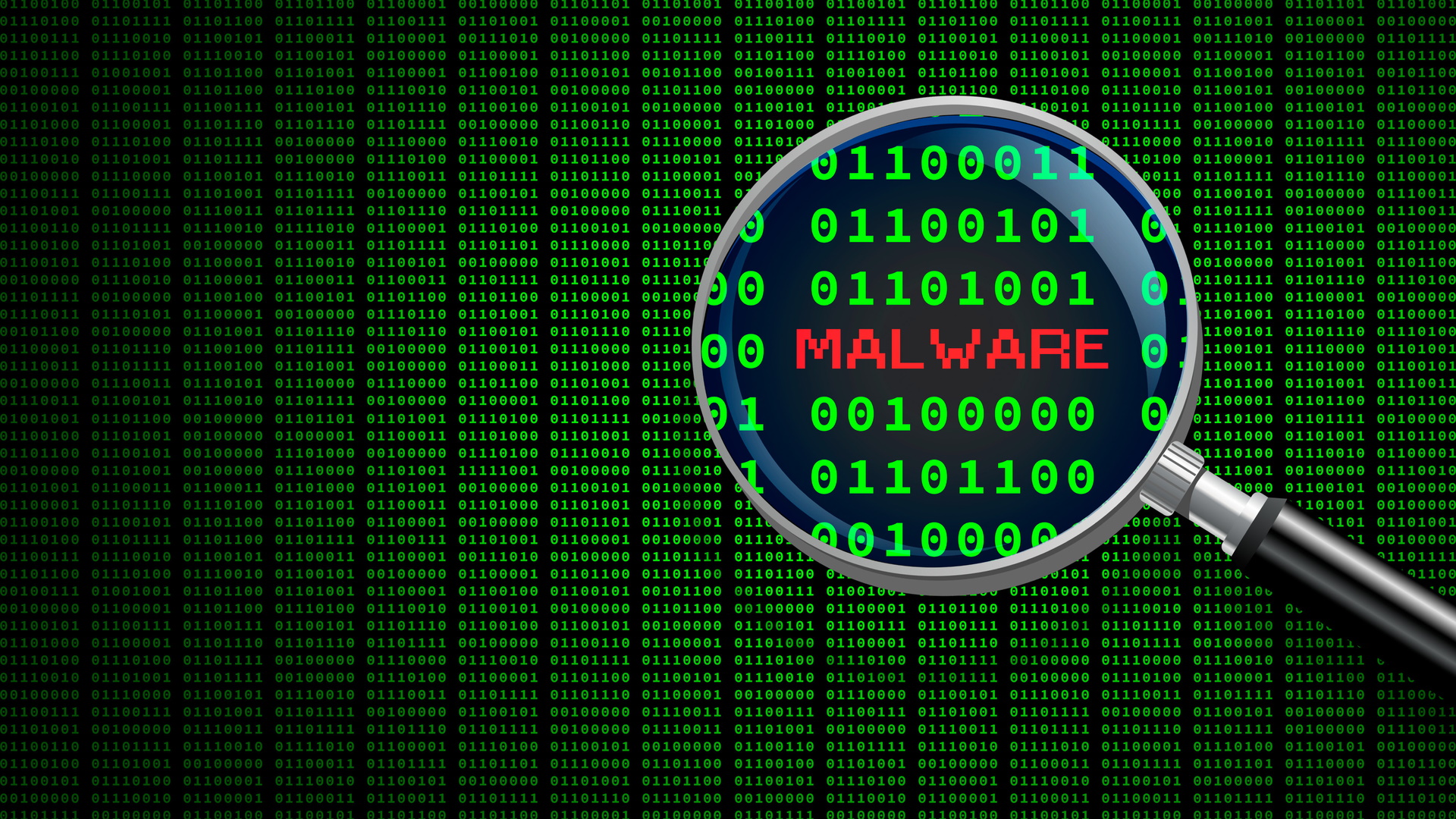These YouTube gaming videos are spreading malware
Self-seeding malware spreading through malicious YouTube videos

A newly discovered malicious campaign that distributes the RedLine Stealer infostealer comes with a very interesting self-propagation mechanism, researchers have found.
Cybersecurity experts from Kaspersky uncovered new malware that logs into the YouTube accounts of compromised users and uploads a video to their channel, which distributes RedLine Infostealer.
A victim, ideally a PC gamer, finds a YouTube video on cracks, or cheats, for one of their favorite games: either FIFA, Final Fantasy, Forza Horizon, Lego Star Wars, or Spider-Man. In the video’s description are links that claim to hold those cracks and cheats which, in fact, host multiple malware bundled together.
Cryptojackers, infostealers
In the bundle is RedLine Stealer, one of the most popular infostealers nowadays, capable of stealing passwords stored in people’s browsers, cookies, credit card details, instant messaging conversations, and cryptocurrency wallets.
The bundle also holds a cryptojacker, essentially a cryptocurrency miner which uses the computing power of the compromised endpoint to mine certain cryptocurrency for the attackers. Cryptocurrency mining usually requires significant GPU power, something most gamers usually have.
But perhaps most interestingly, the bundle has three malicious executables, used for self-propagation. These are called “MakiseKurisu.exe”, “download.exe”, and “upload.exe”. MakiseKurisu is an infostealer that grabs browser cookies and stores them locally.
Then, download.exe would grab the fake crack video from a GitHub repository, and hand it over to upload.exe, which would upload it to the victim’s YouTube account, after using cookies to log in.
Sign up to the TechRadar Pro newsletter to get all the top news, opinion, features and guidance your business needs to succeed!
If the victim isn’t an avid YouTube user, or has notifications turned off, there is a good chance the malicious video could sit on their YouTube channel for a long time, before being taken down.
“When the video is successfully uploaded to YouTube, upload.exe sends a message to Discord with a link to the uploaded video,” Kaspersky explains.
- Here's our rundown of the best firewalls available now
Via: BleepingComputer
Sead is a seasoned freelance journalist based in Sarajevo, Bosnia and Herzegovina. He writes about IT (cloud, IoT, 5G, VPN) and cybersecurity (ransomware, data breaches, laws and regulations). In his career, spanning more than a decade, he’s written for numerous media outlets, including Al Jazeera Balkans. He’s also held several modules on content writing for Represent Communications.